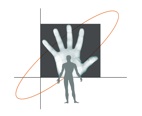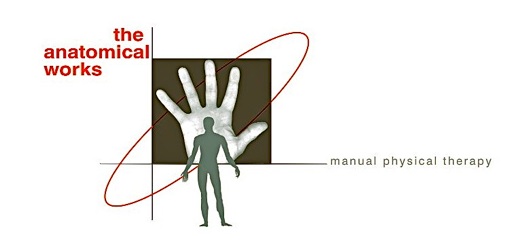Diagnoses and Conditions Treated


We assess and treat the Following Pain:
Joint, ligament, tendon, muscle, neck, intervertebral disc, low back, mid back, rib cage, sternum, shoulder, shoulder blade, upper arm, elbow, lower arm, wrist and hand, finger, pelvic, sacroiliac, hip, buttock, thigh, knee, lower leg, ankle, foot, toe, headaches, facial pain, TMJ, jaw pain, visceral pain...
Types of injury we treat:
Injuries may be sustained through trauma, sports, overuse, overload, inappropriate body mechanics, poor posture, post surgical scarring and adaptation, restriction and scarring from inflammation, poorly designed workspace… to name a few.
Trauma: traumatic origins may occur from falls, sports injury, motor vehicle accidents.
Overuse: repetitive motion/wear and tear injuries involving any part of the body. For example, one of the more commonly recognized repetitive use injury are tennis elbows and carpal tunnel syndrome... but many other areas of the body can be subject to repetitive trauma.
Overloading: lifting, carrying, pulling are some examples.
Inappropriate body mechanics: many injuries are sustained by lifting with inappropriate body mechanics (improper technique). We see this with recurrent back pain patients as well as shoulder, arm and neck pain patients.
Poor posture: poor posture is often reinforced by muscle imbalances and myofascial restrictions that may have been caused by previous injuries and their respective post traumatic adaptive soft tissue changes. However, these imbalances may have also occurred by the body's natural tendency to shorten its own tissues to match the individual's postural presentation. These myofascial restrictions result in a poor body mechanical context, and set someone up for further orthopedic problems.
Post surgical scarring and adaptation: this can be orthopedic or visceral (Chest or abdominal/pelvic) post surgical scarring and adaptation.
Scarring is the human body's repair process. But it does come with its own set of complications. Scars can be adherent and can be painful. They can also alter the biomechanics of joints, muscle, organs in the viscera. However, they respond wonderfully to manual physical therapy.
Poorly designed workspace: when we work in a specific workspace day in and day out, we need to make sure it is an optimal, comfortable, biomechanically suitable situation in order to prevent overuse/wear and tear injuries. This is specifically the study and application of ergonomics... a term you will come to hear more of in the future.
Pre and Post Prolotherapy patients
Preoperative and postoperative orthopedic patients
Whether a person is preparing for or has had an orthopedic or neurosurgery, the manual physical therapy approach is of tremendous benefit as a preparatory step or a rehabilitative treatment protocol post surgery. Studies continue to show that preparatory physical therapy provides great benefit for the optimal outcome of a surgical candidate.
Some specific examples as follows:
low back pain
sciatica
spondylosis
spondylolisthesis
spinal stenosis
degenerative disc disease
intervertebral disk inflammation
spinal nerve root irritation
disc herniation
disc bulge
lumbar strains and sprains
scoliosis
sacroiliac dysfunctions
sacroiliac sprain and strain
osteoarthritis of the spine and joints
neck pain
cervical strain and sprain
whiplash
cervical arthritis
post surgical fusions of the spine
thoracic spine pain
rib pain and dysfunctions
rib strains and sprains
rib cage pain
upper back sprains and strains
shoulder pain
rotator cuff tendinitis
rotator cuff tears
shoulder sprains and strains
acromio-clavicular joint sprains
post surgical rehabilitation of THR and TKR, rotator cuff repairs, TSR
post surgical lumbar and cervical spine fusion
fibromyalgia and myofascial pain syndromes
Who Do We Treat ?
To read specific diagnoses treated, please click to these links below:
We have listed some of the diagnoses we treat, but would like to put it a little more simply for the concerned patient or loved one of someone who is going through a painful orthopedic/musculoskeletal dysfunction.
We assess and treat people who have complaints of pain. The complaints of pain may be of greater or lesser intensity. The pain may have come on for a long time or just recently, for reasons not understood by the patient or loved one. The origins of the pain may have arisen from overuse or direct trauma. Whatever the origin and nature of the pain, we, as manual physical therapist will determine if we can benefit the patient with our specially skilled services.

